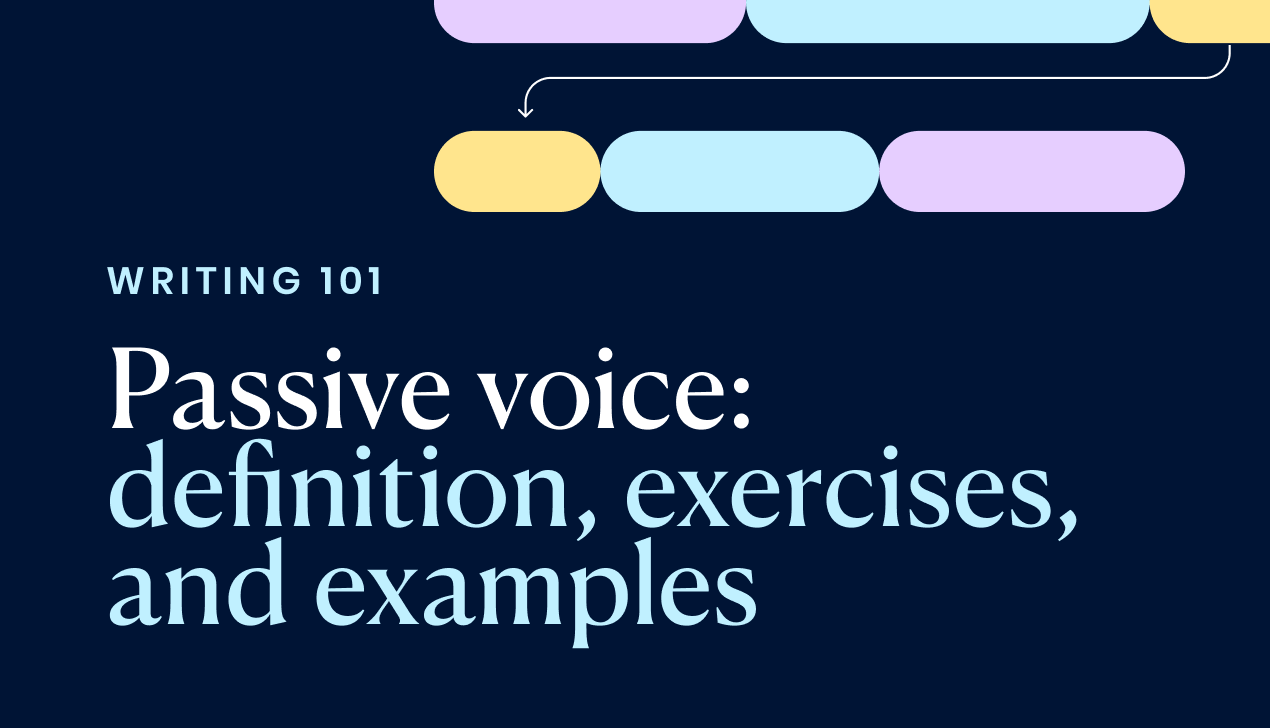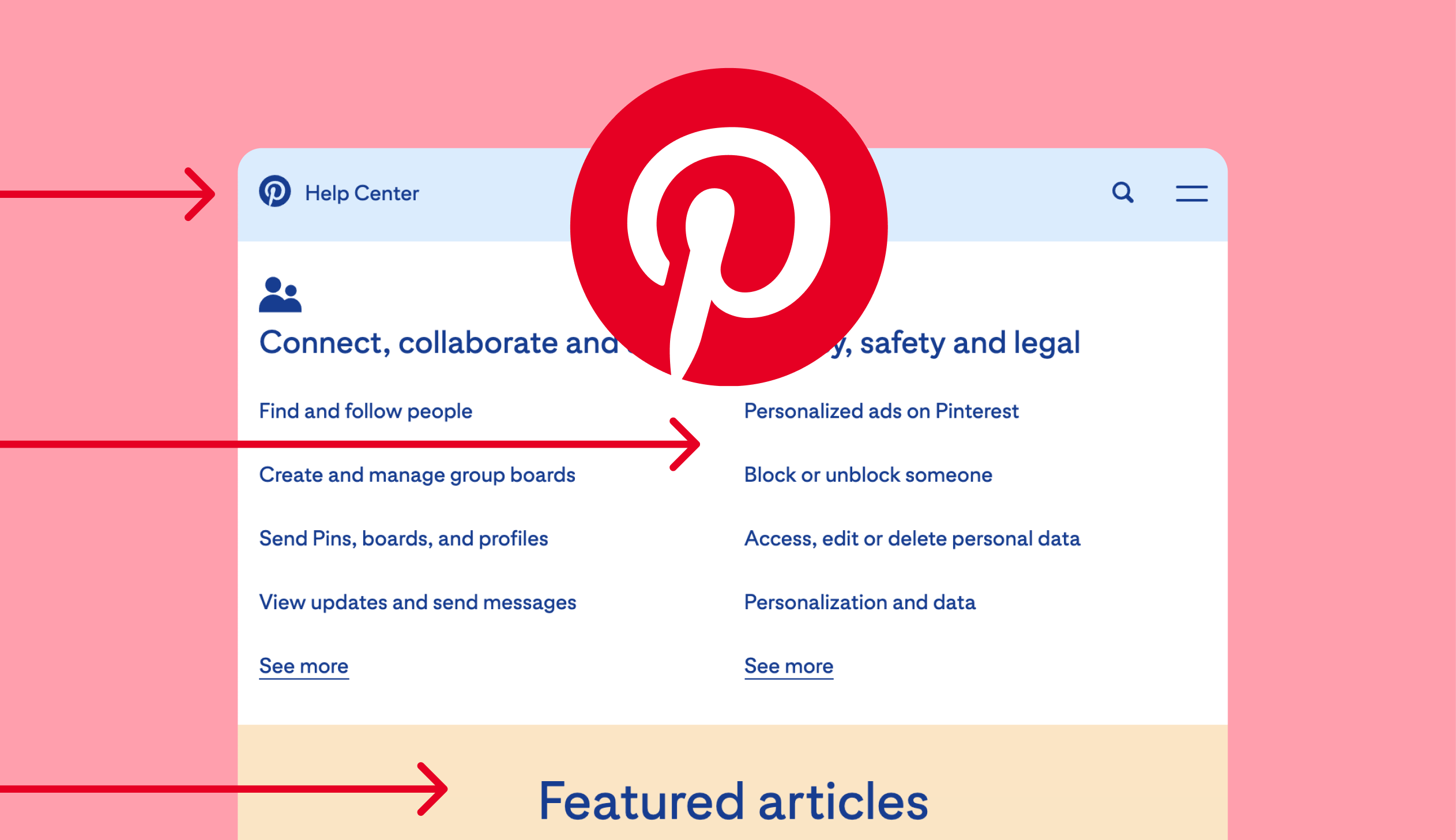
Words at work
– 10 min read
Metaphor: definition, types, and examples
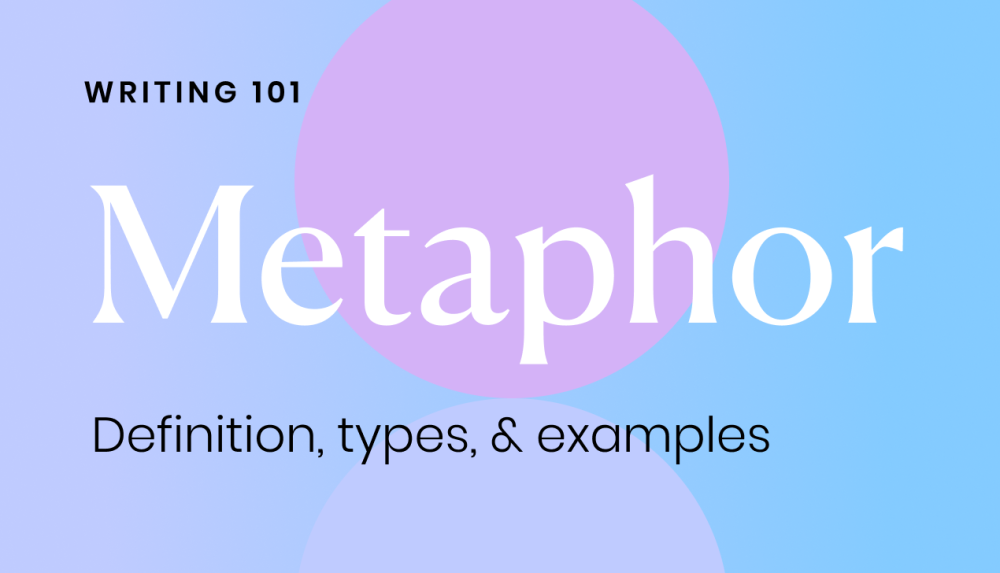
If I were a bit dramatic, I’d start this piece with the following line: chaos is a friend of mine.
Except, chaos isn’t a friend of mine – there’s no chaos wherever I go (thankfully 😅). And, I’m also not as dramatic. What I want to do though, is to introduce you to a metaphor in the first line itself.
It got your attention, didn’t it?
Because that’s how metaphors work. They stroke your imagination, drawing beautiful comparisons between two apparently unrelated things or ideas. Here are a few more simple metaphor examples:
• Her heart is gold
• The snow is a white blanket.
• The falling snowflakes are dancers
Like them? We’ve a lot more metaphor examples to share with you. So read on as we share examples, dive into the definition of metaphor, and show you how to use this literary device. We’ll also clear the air around metaphor vs simile vs analogy.
On we go:

What is a metaphor?
A metaphor is a figure of speech that pulls comparisons between two unrelated ideas.
If I were to say this piece was a big, hairy project I worked on, you’d instantly imagine the comparison. And, you’d also understand I had a hard time writing it (except I didn’t. I only want to explain things as clearly as possible).
Circling back to being formal, a metaphor never makes clear comparisons. The resemblance is rather hidden and you’ve to put your brain to use to figure out how something compares to another. This means, a writer uses the literary device to keep you hooked to their work while also putting your thinking gears into motion.
In fact, back when I read William Shakespeare’s comedy As You Like It, he wrote a popular metaphor that reads:
“All the world’s a stage, and all the men and women merely players…”
I remember the entire class musing over the figure language. Everyone shared their suggestions on the resemblance between the world and a stage.
See what happened?
Shakespeare engaged us with his metaphor. Besides, the true nature of a metaphor also comes out with this example – metaphors are never clear. Instead, they imply similarities.
What is the root word of metaphor?
Before we move on any further, let’s look at the etymology of metaphor.
It’s origin traces back to the 15th century. But there’s no single root. Metaphor in English language comes from the Old French métaphore that, in turn, comes from the Latin metaphora (meaning: carrying over).
And here’s more: the Latin word comes from metaphorá in Greek, which means to transfer.
If we were to look at the big picture, the meaning of metaphor in all three of these languages is almost the same. Carrying over and transferring suggest taking the characteristic of an idea or an object and imposing it on another by way of comparison.
Examples of metaphors
Metaphors are everywhere: in your daily life, the movies, and song. There’s also a boatload of metaphor examples in literature.
Let’s look at each category for metaphor examples:
Metaphors from songs
“ You ain’t nothin’ but a hound dog
Cryin’ all the time”
–Hound Dog by Elvis Presley
“You shoot me down, but I won’t fall
I am titanium”
–Titanium by David Guetta ft. Sia
Metaphors from literature
“Exhaustion is a thin blanket tattered with bullet holes.” ― If Then, Matthew De Abaitua
“But soft, what light through yonder window breaks? It is the east, and Juliet is the sun!” — Romeo and Juliet, William Shakespeare
Metaphors from daily life
• Life is a rollercoaster
• The classroom was a zoo
• The calm lake was a mirror
Metaphor vs simile vs analogy
Metaphors are often confused with similes and analogies. Why? Because all these literary terms compare ideas and settings. But, in different ways. I’ve explained this difference below:
Metaphor vs Simile
A simile is a figure of speech that compares two objects or ideas using the words ‘like’ and ‘as,’ giving literal meaning of how they compare.
So a telltale sign of a simile is the prepositions it uses. Notice these aren’t present in a metaphor so you can instantly tell the difference between the two.
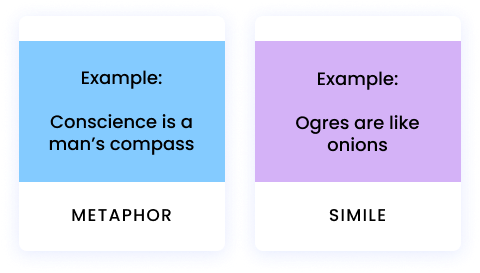
Metaphor vs. Analogy
Again, both of these work in the business of comparison. But, where a metaphor is a figure of speech, an analogy is a logical argument that elaborates on the resemblance between two things.
So how can you tell them apart? A good way to do so is to see how much explanation surrounds the comparison.
An analogy is word-friendly – it explains exactly what it’s comparing. Metaphor, on the flip side, leans on brevity and leaves you to think about potential point(s) of comparison between two ideas or concepts.
Let’s look at the examples to get this straight:
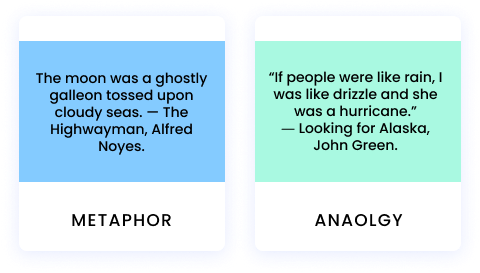
How do you identify a metaphor in 4 steps
Some metaphors, like the ones used in daily life, can be fairly simple to identify. Others can be a bit tricky to pick – tricky, but not impossible though.
Use this simple, 4-step framework to tell metaphors from a mile away:
1. Smell a comparison
Whether it’s a simile, analogy, or metaphor – all three work in the comparison business. This means the first step in identifying a metaphor is sensing a comparison in the text. If there’s one, you can tell you are in the company of a comparison literary device.
2. See if the comparison is standing on crutches
Similes lean on support. They rely on the words ‘like’ and ‘as’ to draw similarities. If you see any such crutches, you can tell it’s not a metaphor, but a simile.
3. Run it through the explanation monitor
Now that you’ve narrowed down your options to two: metaphor vs analogy, separate one from the other. How? By looking at how deep the comparison is explained. If the author has taken the time to explain the similarity between two ideas, the literary device is an analogy.
4. Take the metaphor under the microscope
By now, you’d know that there’s a metaphor in front of you. So this last step in the framework is to break down the metaphor and analyze the content.
Some questions to ask yourself are: what’s being compared? What characteristics are similar? How are they different?
Common types of metaphors
Now that you know what a metaphor is, how it compares to other agents of comparison and also understand the use of metaphor, let’s dig into its types.
Altogether we’ve four types of metaphors plus 2 more that you need to be familiar with:
1. Standard metaphor
A standard metaphor states one idea is another, making a direct comparison as if the two ideas were synonyms.
The template looks like this: X is Y so that Y is almost a metonym (substitute name for the close association) for X.
Example: Maria is my sunshine
Explanation: Maria is directly called sunshine. Of course, Maria can’t be sunshine, so the reader has to understand that Maria is as important to the writer’s life as sunshine is.
2. Implied metaphor
As its name suggests, an implied metaphor makes an implied comparison without ever making a direct comparison between two ideas.
Example: The commander barked an order to the troops to stand alert.
Explanation: With this implied metaphor, the commander’s order is compared to that of a bark, suggesting it as harsh.
3. Visual metaphor
A visual image compares something to a visual image of another. This type of metaphor is common in advertising where a product is visualized with another object. For example, spicy Cheetos being compared to fire.
There’s also another way to see visual metaphors as metaphors that compare something to another to give a visual identity. For instance, in her poem Hope is the thing with feathers, Emily Dickinson gives the visual image of a bird to hope.
4. Extended metaphor
An extended metaphor uses descriptive language to elaborate a comparison. It’s the type of metaphor that you find referenced throughout a stanza, a full poem, a couple of paragraphs, or an entire blog post.
Example: This post that explains how to use the Swiss cheese productivity method to get things done references food items throughout the piece.
Here’s a peek:
• You started by taking a snack-able piece from your cheese block (the overwhelming project)
• You poked holes in the cheese chunk by continuously doing small tasks one at a time throughout your work day
• You created so many holes in the cheese block that you finished it
Two more types of metaphors that you need to know of:
Mixed metaphor
Again, the name explains what a mixed metaphor is – a combination of two commonly used metaphors.
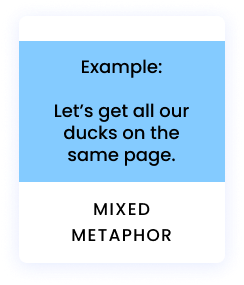
This one’s a combination of two prominent metaphors ‘get on the same page’ and ‘get our ducks in a row.’
Dead metaphor
These are metaphors that have been overused to the point that they’ve become clichés. So you’re better off not using them as dead metaphors have lost much of their impact with their overuse.
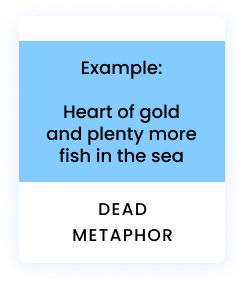
How to create a metaphor
Now, to get you to speak some metaphorical language by writing metaphors:
- Nail down the character, setting, idea, or object that you want to describe with a metaphor.
- Identify exactly which characteristic of the character or object you want to compare with another character or object.
- Look for how your chosen characteristic compares to a characteristic of another character, setting, setting, idea, or object.
- Write the comparison. You may not get it right in the first go. So rewrite your metaphor a couple of times until you get it just right.
Let’s break down this metaphor example from Albert Einstein to understanding it’s making:
All religions, arts and sciences are branches of the same tree
In this case, three ideas: religion, arts, and sciences are compared. They’re all compared to branches of a tree. And, the aim of this metaphor? To show that all three come from the same idea just as different branches of the same tree.

Best practices for using metaphors
Beware of mixed metaphors
Mixed metaphors are slippery eels that can make their way into your writing without warning. The reason? They come from overused metaphors that are so common they go in mixtures you can’t identify at first look. Hence, it’s best you double check a metaphor before including it in your writing.
Choose a clear comparison
Sure, a good metaphor gets readers thinking, but that doesn’t mean the comparison has to be hidden in layers. Instead, the comparison has to be clear, if not literal.




